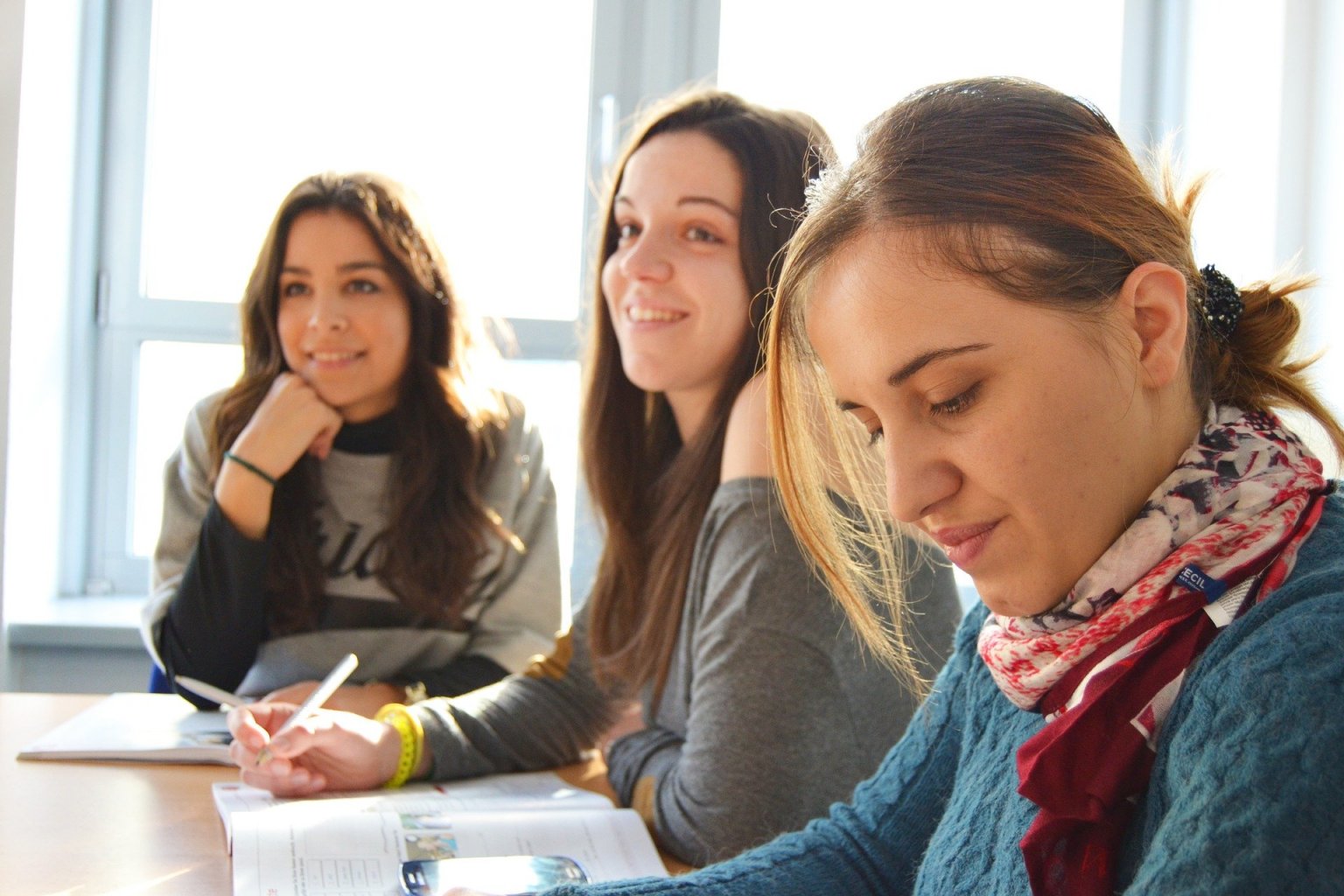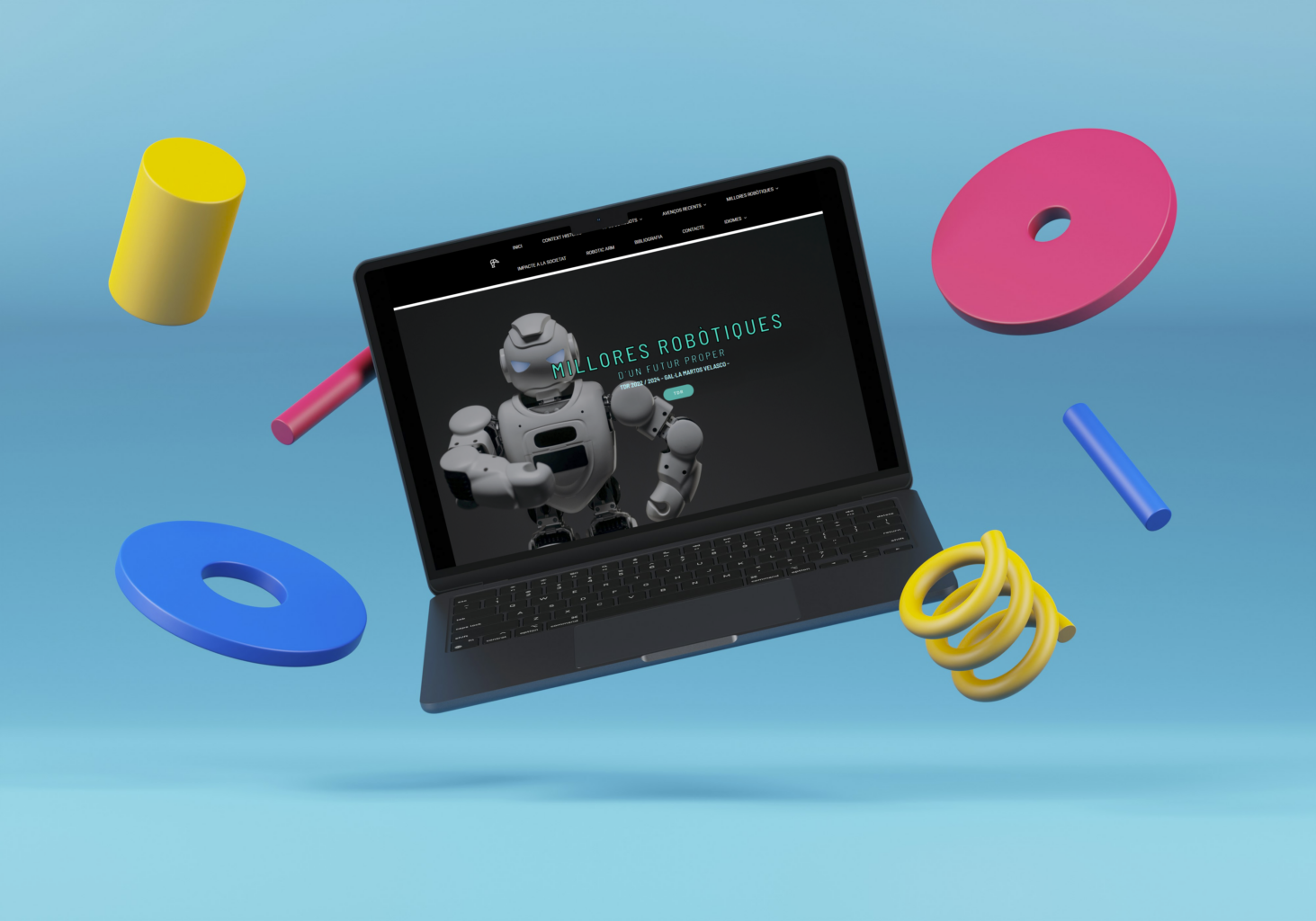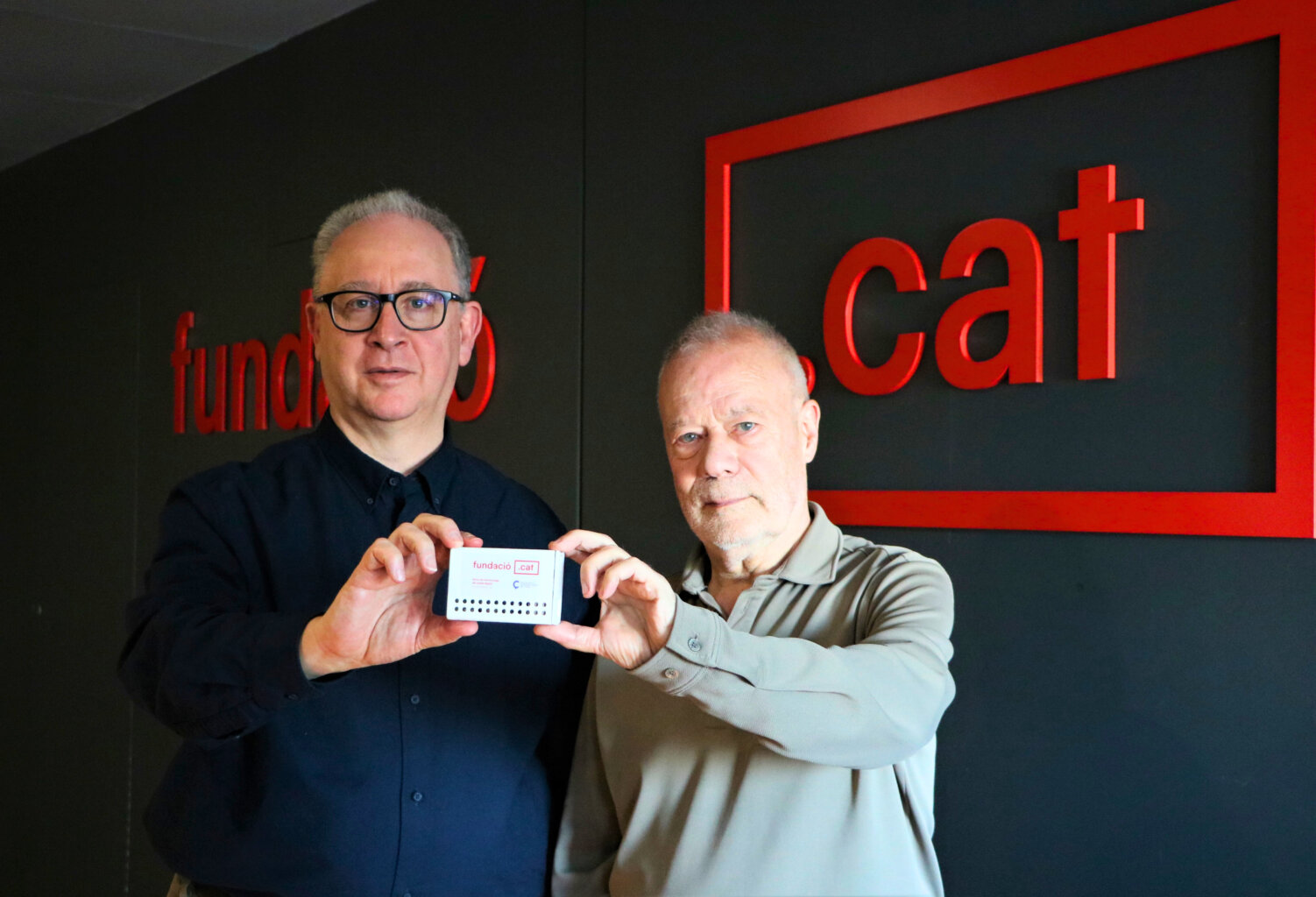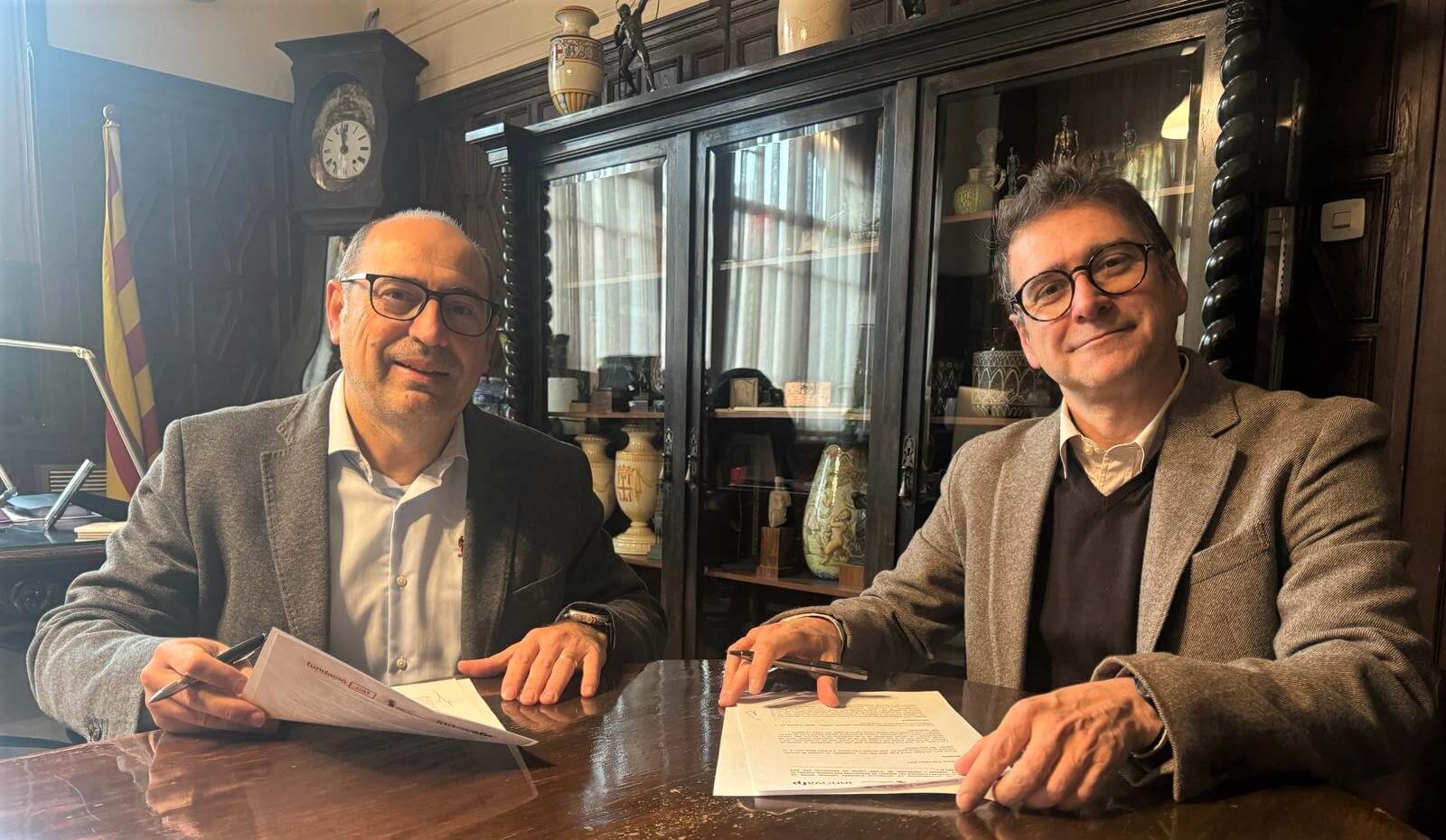The key to innovation – teachers over technology

Educational innovation experts note that introducing technology in the classroom is not enough; it must be contingent on learning goals.
The term ‘innovation’ is one of those words one does not know for sure what they refer to. An expression that can cover, in the head of whoever issues it, virtually anything that involves an electronic device and technological skills. However, experts consider it necessary to outline its use. Liliana Arroyo, a PhD in sociology and specialist in digital social innovation, argues that the following questions must be asked with regard to any innovation: What change do we want to achieve, and who is left out of this change? For Arroyo, technology is just an instrument, which is not neutral, so when designing educational innovation policies, it is important to bear in mind that introducing a laptop or notebook in the classroom can never be a solution per se or be named as such.
In addition, our educational system is permeated with digital cracks. Class or gender cracks intersecting in such a way that equal opportunities are questioned. According to Arroyo, the cognitive, cultural or economic capacity of parents when accompanying their children in the development of their abilities is one of the foundations on which inequalities between public and private centres are built. Something similar happens with science, technology, engineering and math, the so-called STEM, to which Liliana Arroyo adds the letter ‘A’ of art, i.e. STEAM. According to the researcher, the way in which these disciplines are presented is not enticing to women. If the goals are to minimise these cracks, then educational innovation must be aimed at overcoming these difficulties. This is why teachers play a key role in this equation.
Manel Trenchs, art history teacher at Escola Pia in Mataró and taking part in Google’s innovation programme for teachers in 2017, provides some clues as to what makes a good teacher in this regard. Of course, Trenchs argues, a teacher who is committed to innovation must be digitally competent, although there is also a component of creativity and pedagogical approach. Depending on the subject or the student level, the teacher must establish an appropriate link with their students. This is, the teacher from Mataró says, the “main starting point for generating knowledge or for learning to happen” by default. However, Trenchs points out that it is a mistake to assume that age turns students systematically into “digital natives”. Although they may learn faster and more intuitively, there are many topics that cannot be processed solely in this way.
What is more, much of scientific literature on the subject is beginning to question the very concept of digital native. Works from the University of London or the European Accreditation Foundation on computer use question this. All of these works insist that we should focus on the use of technologies in modern society, in line with Liliana Arroyo’s comments. Beyond the techno-optimistic narrative, there is a reality of educational centres, where, as Arroyo and Trenchs explain, teachers and students are involved in these changes in a very unequal manner. Thus, any initiative to try to improve the skills of teachers as knowledge facilitators is welcome: the STEM Alliance or the YOMO festival that will be held in Barcelona at the same time as the Mobile World Congress are just some examples.


